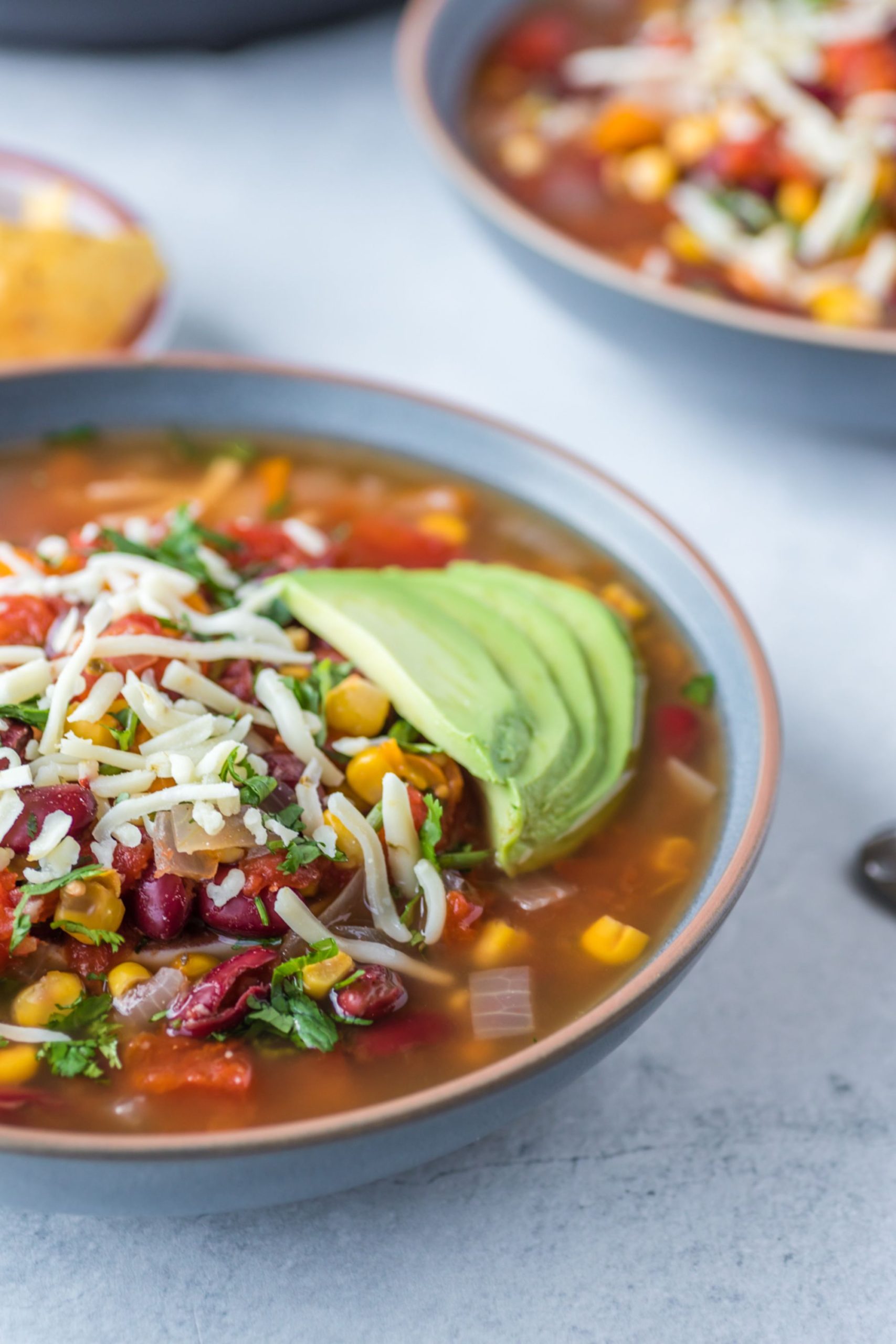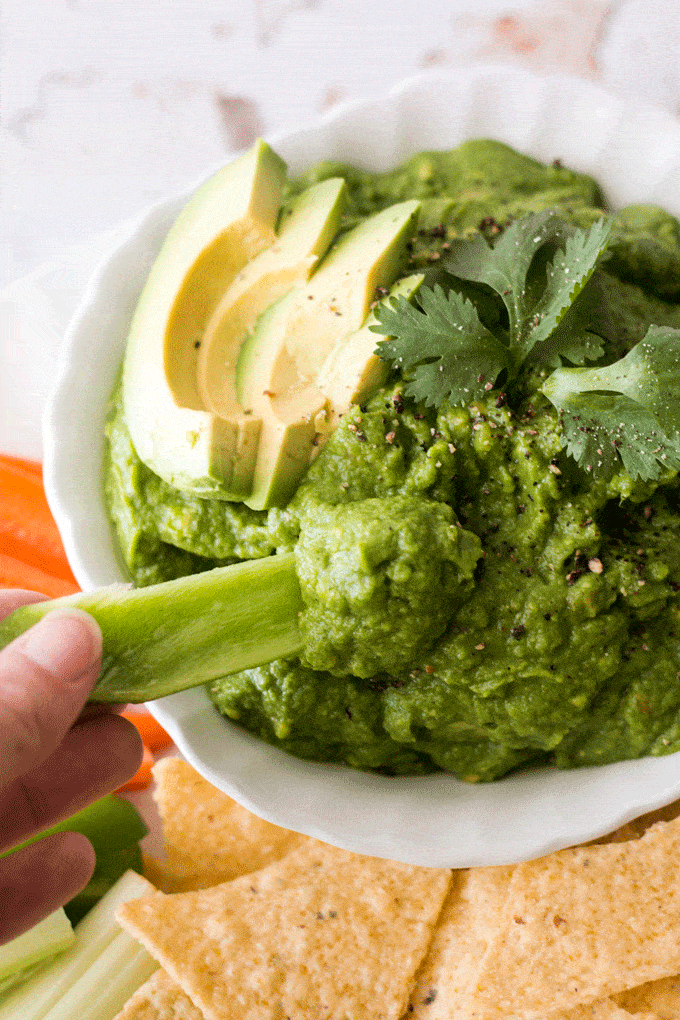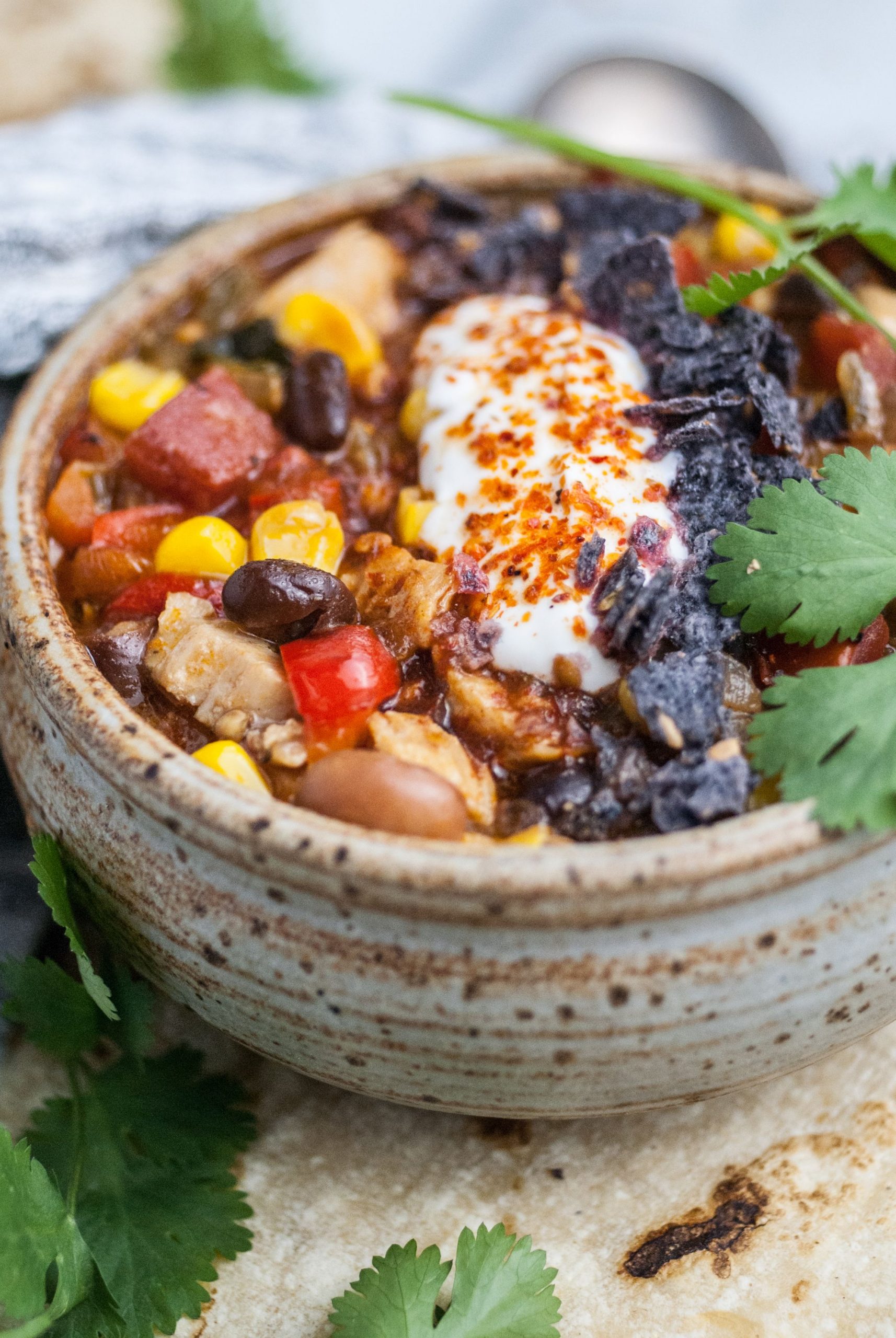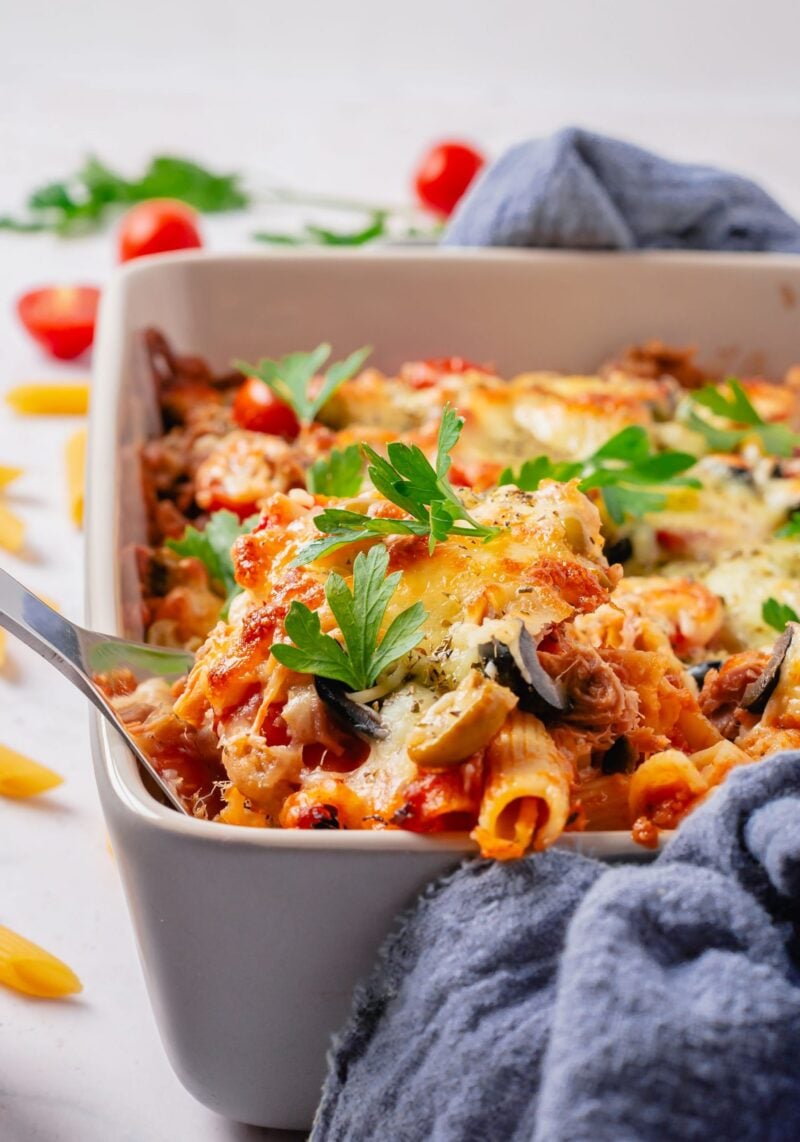Canned vegetables are a mainstay in most pantries.
They're affordable, last a long time, and are perfect when fresh vegetables are either out of season, are not available, or are just plain expensive.
This makes them a great option for keeping your kitchen stocked with nutritious choices, no matter where you are or what time of year it is.

Are Canned Vegetables As Nutritious As Fresh?
Understanding how canned vegetables are made is crucial for appreciating their role in providing safe and long-lasting food options. This process not only ensures that vegetables remain safe to eat, but it also preserves their nutritional value for extended periods of time.
Canning vegetables is a precise process that ensures both safety and longevity. Vegetables are picked at their peak and quickly taken to canning facilities, where they are cleaned, possibly cut, and then blanched to stop any enzyme activity that could spoil their taste and nutritional benefits.
They are then packed in cans with water or seasoned brine and heated to a high temperature to sterilize them. After cooling, the cans are labeled and shipped out.
Today, many brands have stepped up to meet health trends and offer plenty of low-sodium and preservative-free options. It certainly pays to read the labels to ensure you choose the best canned vegetables for your cooking and dietary requirements.
There's a bit of a debate about how canned goods stack up nutritionally against fresh or frozen options.
Yes, some nutrients may dip during canning, but in many cases, canned veggies can actually retain more nutrients than fresh ones that have been sitting out for a while, and haven't been used in their prime.

Selecting The Perfect Canned Vegetables
When choosing your canned vegetables, always inspect the cans for any signs of damage, such as dents or rust, which can compromise the safety and quality of the contents.
For those monitoring their sodium intake, selecting low-sodium options is a smart choice, as it helps manage your diet without sacrificing taste.
Additionally, look for products with straightforward ingredient lists — this should include the vegetable itself, water, and minimal additives.
This ensures you are getting the most natural product possible without any added nasties.
How to use canned vegetables
Canned veggies are super easy to use in your cooking.
Start by draining and rinsing them to reduce sodium.
Once they have been washed, either warm them on the stove, or in the microwave, or add them to your recipe of choice.
Simple seasonings like herbs, salt and pepper, or a dash of butter or olive oil can enhance their flavor.
"Canned veggies like green beans are a staple in my kitchen, especially the no-salt-added versions, so I can flavor them to taste later without going overboard," shares Kristin Duke, content creator at MrAnimal Farm.
They're great in soups, salads, casseroles and stir-fries — just add them towards the end of cooking to keep their texture intact.

Ideas for meals with canned vegetables
Canned vegetables are incredibly versatile.
You can use them in everything from soups and stews to salads and casseroles, streamlining meal prep and enhancing your dishes.
- Add canned beans, carrots, green beans corn, and tomatoes to soups and stews for extra flavor and nutrients.
- Whip up quick and easy lunches like these 4 ingredient corn cakes, or dinners like stir-fries or simple chicken dishes with canned mushrooms, carrots, and green beans.
- Use them in sides and in casseroles, or mix canned olives and beans into salads like this Greek salad in a jar for an easy boost of nutrition.
- Toss canned beans into a taco filling or a chili for a hearty and filling meal. Try this turkey and sweet potato chili or this taco soup.
- Create a quick pasta sauce with canned tomatoes, herbs, and your favorite spices.
- Make breakfast omelettes or scrambles even better by adding some canned green beans or asparagus for a touch of green and extra nutrients. Canned mushrooms and olives also work really well in this recipe, or when added on top of a homemade pizza.
- Canned creamed corn and corn kernels are great for making homemade cornbread.
- Canned peas, corn, and carrots are a staple in a lot of traditional comfort food, like shepherd's pie or cottage pie.
"My favorite vegetable to buy canned is beets; it's a great time-saver to not have to roast them yourself. I love throwing canned beets onto salads, into fruit smoothies and even into homemade hummus."
— Anne Mauney, MPH, RD, fANNEtasticfood.com

Storing and keeping canned vegetables
Once opened, store leftover canned vegetables in an airtight container in the fridge.
In order to avoid contamination, and to keep them as fresh as possible, do not store leftovers in their original can.
If stored correctly, they should last about 3 to 4 days in the fridge.
In most instances, they can be frozen as well, which is great when making meal prep Ziploc bags of stews and casseroles for busy weeks.
Ready To Get Creative In The Kitchen?
Canned vegetables are a practical, nutritious choice for anyone looking to improve their diet, especially if the veggie you are craving isn't in season.
They are available year-round and are an easy way to add more veggies to your meals, simply open, drain, rinse, and add.
No peeling or chopping required.
Remember to choose low-sodium options and read the labels to understand what you are buying.
By opting for canned vegetables, you are choosing a simple way to keep nutritious and versatile ingredients within reach, supporting your health and budget.
More Ideas For Feeding Your Family On A Budget
- How To Help Your Family Reduce Food Waste At Home
- The Flexitarian Diet: A New Way To Eat?
- 56 Healthy Road Trip Snacks
- 10 Tips On How To Eat Clean On A Budget
- Let's Talk Family Friendly Foodie Trips and Travel For Kids
- How To Eat A Plant Based Diet On A Budget

Disclaimer: These statements have not been evaluated by the Food and Drug Administration. The contents of this article, made available via Food Drink Life, are for informational purposes only and do not constitute medical advice. The Content presented here is not intended to be a substitute for professional medical advice, diagnosis, or treatment. Always seek the advice of a qualified healthcare provider with any questions you may have regarding a medical condition or dietary changes. Reliance on any information provided by this article is solely at your own risk.
This article originally appeared on Food Drink Life.


Leave a Comment